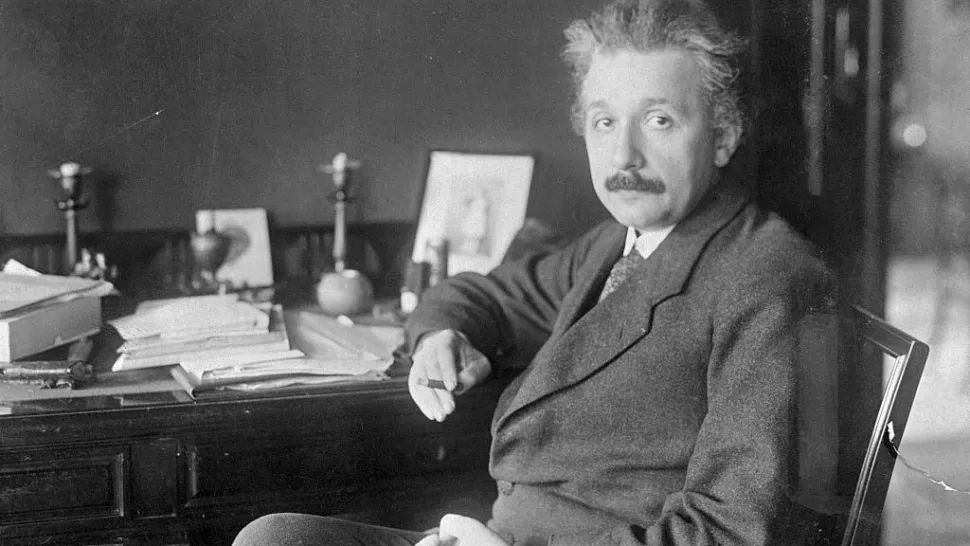Albert Einstein (1879-1955) is one of the most famous scientists of all time, and his name has become almost synonymous with the word “genius.” There are many ways in which Einstein has changed the world, and his ideas have shaped the way we see and interact with the universe.
The Annus Mirabilis papers are a series of academic research papers published by Einstein in 1905. The papers comprise four articles about the photoelectric effect (which gave rise to quantum theory), Brownian motion, the special theory of relativity, and E = mc² which Einstein published in the Annalen der Physik scientific journal. The papers are so called because Einstein published these remarkable papers in a single year, 1905. Annus Mirabilis, meaning ‘miracle year’ in English or ‘Wunderjahr’ in German.
These four works contributed substantially to the foundation of modern physics and changed views on space, time, and matter.
The Brownian motion paper titled “On the Motion of Small Particles Suspended in a Stationary Liquid, as Required by the Molecular Kinetic Theory of Heat” was submitted by Einstein on May 11, 1905, and published on July 18, 1905. The paper explained empirical evidence for the atomic theory, supporting the application of statistical physics.
Edugist highlights five (5) ways Einstein changed the world forever.
- Space-time

Einstein’s theory of special relativity changed the way we think about space and time — and established a universal speed limit for the speed of light.
One of Einstein’s earliest achievements, at the age of 26, was his theory of special relativity — so-called because it deals with relative motion in the special case where gravitational forces are neglected. In effect, Einstein merged space and time into a single space-time continuum. One reason we think of space and time as being completely separate is because we measure them in different units, such as miles and seconds, respectively. But Einstein showed how they are interchangeable, linked to each other through the speed of light — approximately 186,000 miles per second (300,000 kilometres per second).
Perhaps the most famous consequence of special relativity is that nothing can travel faster than light. But it also means that things start to behave very oddly as the speed of light is approached. If you could see a spaceship that was travelling at 80% of the speed of light, it would look 40% shorter than when it appeared at rest. And if you could see inside, everything would appear to move in slow motion, with a clock taking 100 seconds to tick through a minute, according to Georgia State University’s HyperPhysics website. This means the spaceship’s crew would age more slowly the faster they are travelling.
- Einstein’s equation: E = mc²
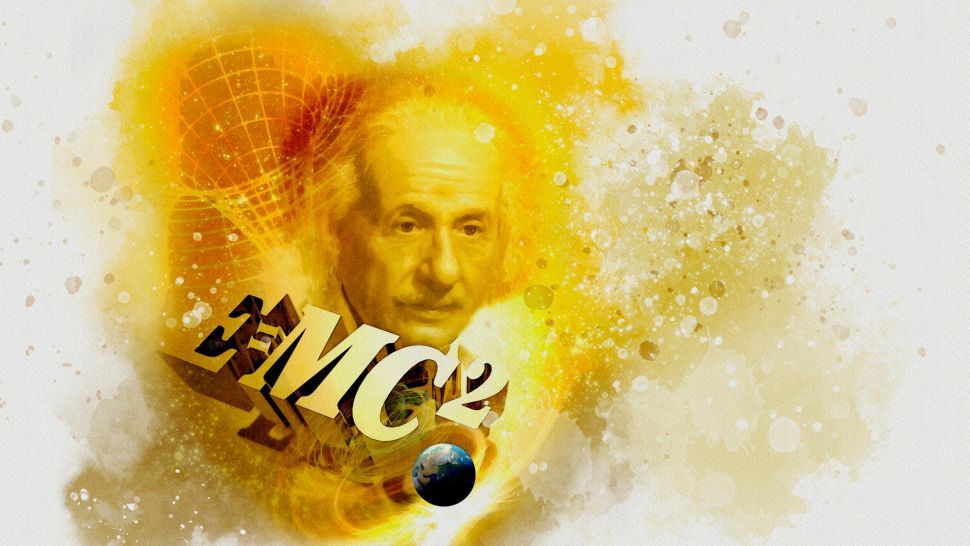
E = mc² is probably the most famous equation in the world.
An unexpected offshoot of special relativity was Einstein’s celebrated equation E = mc², which is likely the only mathematical formula to have reached the status of a cultural icon. The equation expresses the equivalence of mass (m) and energy (E), two physical parameters previously believed to be completely separate. In traditional physics, mass measures the amount of matter contained in an object, whereas energy is a property the object has by virtue of its motion and the forces acting on it. Additionally, energy can exist in the complete absence of matter, for example in light or radio waves. However, Einstein’s equation says that mass and energy are essentially the same things, as long as you multiply the mass by c² — the square of the speed of light, which is a very big number — to ensure it ends up in the same units as energy.
This means that an object gains mass as it moves faster, simply because it’s gaining energy. It also means that even an inert, stationary object has a huge amount of energy locked up inside it. Besides being a mind-blowing idea, the concept has practical applications in the world of high-energy particle physics. According to the European Council for Nuclear Research (CERN), if sufficiently energetic particles are smashed together, the energy of the collision can create new matter in the form of additional particles.
- Lasers
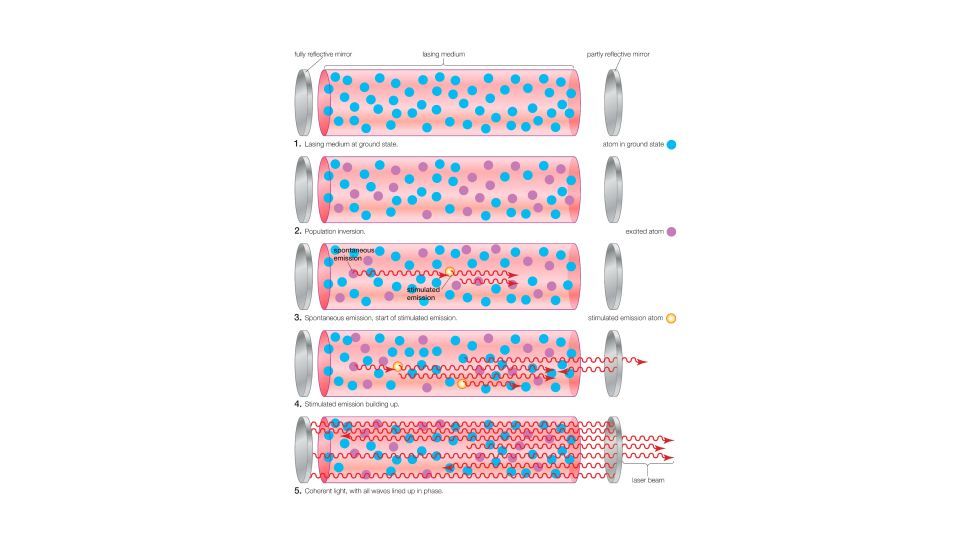
Lasers are an essential component of modern technology and are used in everything from barcode readers and laser pointers to holograms and fibre-optic communication. Although lasers are not commonly associated with Einstein, it was ultimately his work that made them possible.
The word laser, coined in 1959, stands for “light amplification by stimulated emission of radiation” — and stimulated emission is a concept Einstein developed more than 40 years earlier, according to the American Physical Society. In 1917, Einstein wrote a paper on the quantum theory of radiation that described, among other things, how a photon of light passing through a substance could stimulate the emission of further photons.
Einstein realised that the new photons travel in the same direction, and with the same frequency and phase, as the original photon. This results in a cascade effect as more and more virtually identical photons are produced. As a theoretician, Einstein didn’t take the idea any further, while other scientists were slow to recognise the enormous practical potential of stimulated emission. But the world got there in the end, and people are still finding new applications for lasers today, from anti-drone weapons to super-fast computers.
- Black holes and wormholes
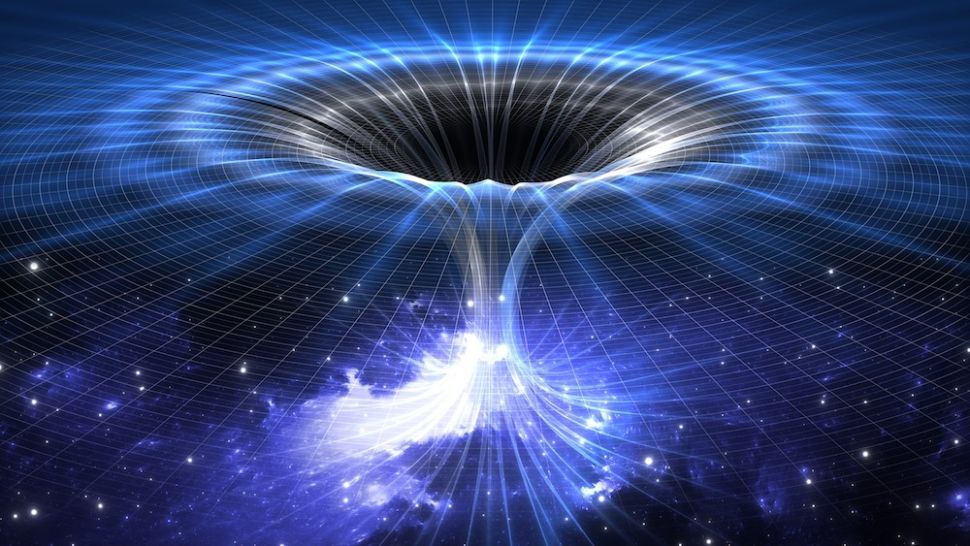
In 1935 Einstein and Nathan Rosen described the possibility of shortcuts from one point in space-time to another — known as Einstein-Rosen bridges.
Einstein’s theory of special relativity showed that space-time can do some pretty weird things even in the absence of gravitational fields. But that’s only the tip of the iceberg, as Einstein discovered when he finally succeeded in adding gravity into the mix, in his theory of general relativity. He found that massive objects like planets and stars distort the fabric of space-time, and it’s this distortion that produces the effects we perceive as gravity.
Einstein explained general relativity through a complex set of equations, which have an enormous range of applications. Perhaps the most famous solution to Einstein’s equations came from Karl Schwarzschild’s solution in 1916 — a black hole. Even weirder is a solution that Einstein himself developed in 1935 in collaboration with Nathan Rosen, describing the possibility of shortcuts from one point in space-time to another. Originally dubbed Einstein-Rosen bridges, these are now known to all fans of science fiction by the more familiar name of wormholes.
- The expanding universe
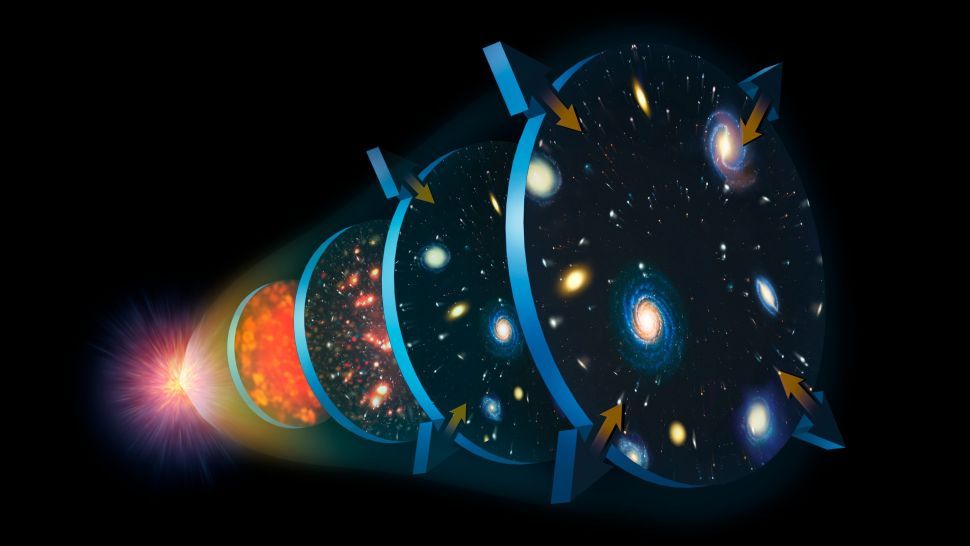
One of the first things Einstein did with his equations of general relativity, back in 1915, was to apply them to the universe as a whole. But the answer that came out looked wrong to him. It implied that the fabric of space itself was in a state of continuous expansion, pulling galaxies along with it so the distances between them were constantly growing. Common sense told Einstein that this couldn’t be true, so he added something called the cosmological constant to his equations to produce a well-behaved, static universe.
But in 1929, Edwin Hubble’s observations of other galaxies showed that the universe really is expanding, apparently in just the way that Einstein’s original equations predicted. It looked like the end of the line for the cosmological constant, which Einstein later described as his biggest blunder. That wasn’t the end of the story, however. Based on more refined measurements of the expansion of the universe, we now know that it’s speeding up, rather than slowing down as it ought to in the absence of a cosmological constant. So it looks as though Einstein’s “blunder” wasn’t such an error after all.
Additional resource: Live Science





